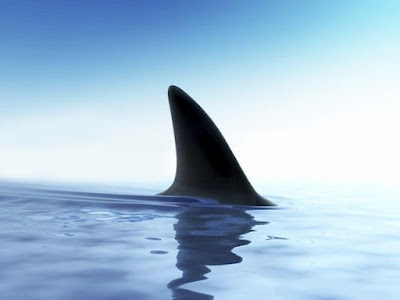It's worrisome for warblers like goldfinches (NJ's state bird), sparrows and chickadees, and those who love them: Songbirds in our area are sick, and the cause is still unknown.
The Mercer County Naturalist Newsletter recommends cleaning and putting away bird baths (10% bleach and 90% water) and feeders for the time being, while this “mortality event” that’s “occurring in nestling and fledgling songbirds in the mid-Atlantic, extending into the Southeast and eastern upper Midwest” is investigated. https://tinyurl.com/y5epfsrx
Numerous young birds – also including orioles, woodpeckers, blue jays, robins and cardinals – have been found to have eye and neurologic issues, the publication continued.
 |
| American goldfinch |
Those who see birds with head tremors,
partial paralysis or weakness in the legs; or birds falling to the side or
unable to stand at all may contact the NJ Division of Fish and Wildlife's Wildlife Veterinarian Dr.
Nicole Lewis (Nicole.lewis@dep.nj.gov) or call 877-WARN-DEP for any additional
instructions.
The article linked here looks at this issue beyond New Jersey. https://tinyurl.com/yay333ct
Will this season come to be called the "silent summer"? We pray not.
Unfinished ocean business
 |
| Tufted titmouse |
“The question I want to ask is simpler than [whether human beings have the right to take another animal’s life, and if so for what reasons]. I want to know why it is still legal to kill animals in ways that cause inexpressible pain and fear and destruction, to both the targeted animals and an immense range of others.”
Margaret Renkl’s opinion column last fall, “How not to kill an animal,” is powerful. She writes against inhumane ways to kill
animals when that is to be done, including animal traps, a hideously cruel
vestige of earlier, less enlightened times.
Animal traps, which can torture any animal caught in them, maiming or
killing pets and people, are outlawed elsewhere, but not in most of the
US. https://tinyurl.com/29tr3jx9
 |
| House sparrow |
Here are details about both the
trapping issue and the webinar, including a registration form. I hope you’ll take a look and consider
attending next month’s session. https://tinyurl.com/4nwjhw4e
#
Please note: AnimalBeatII will return from vacation next month. This is the 200th AnimalBeatII blog post, so if you want to keep reading about animals, your course is clear!

















